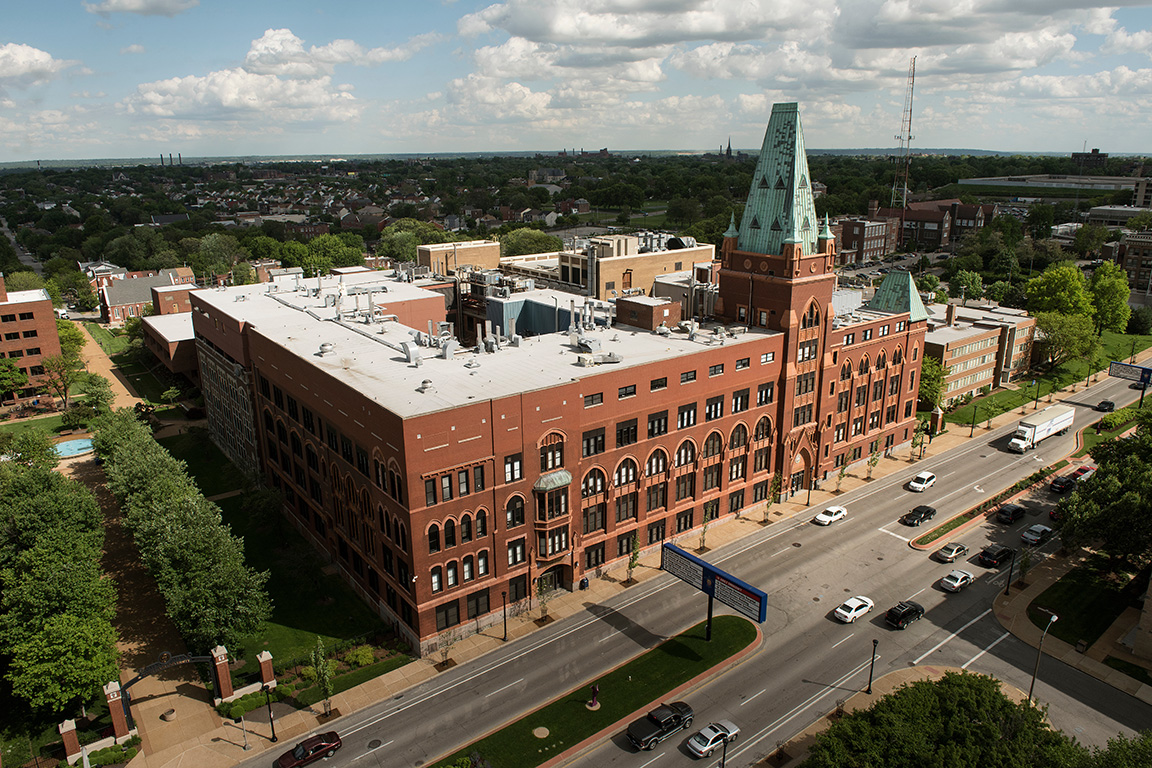Match Day: SLU Med Students Match Into Residency Programs
Fourth-year students from Saint Louis University’s School of Medicine found out where they will spend their residency.
The students participated Friday in the National Residency Match Program (NRMP). NRMP annually matches students with the programs where they will complete their residency training.
The students gathered at the Four Seasons Hotel in St. Louis to find out their match — a return to the in-person match day after the event was virtual last year.
“We are so excited to be here celebrating with you,” said Jamie Sutherell, M.D., M.Ed., associate dean for student affairs, at the ceremony. “For the students, this is what you’ve worked for. This is what you’ve spent the last four years gearing up for — finding out where you’re moving on to residency. For us, we’re excited because this is our first in-person Match Day in three years. Trust me when I tell you, calling names virtually isn’t the same as seeing you come up with your walk-up songs.”
This year’s class matched into residency programs that included Saint Louis University, the Mayo Clinic, St. Louis Children’s Hospital, Loyola University Medical Center, Barnes-Jewish Hospital, Johns Hopkins Hospital, and more.
Prior to Match Day, medical students apply to and interview at residency programs in the specialty of their choosing. They then rank their preferences for medical institutions. Hospitals and other medical institutions also list their preference for residents. The rank lists are matched through the NRMP, which results in the selection of students for residency positions.
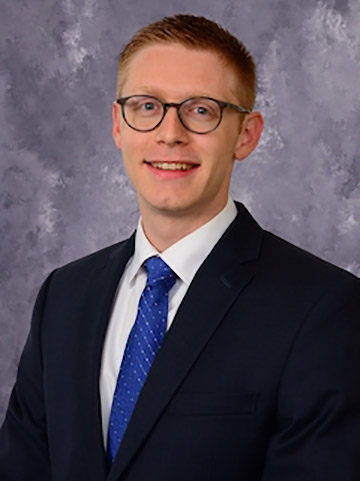
Colin Dolan, who matched with Saint Louis Children's Hospital in Pediatrics, was thrilled to get the chance to take part in Match Day.
“Although Match seems like a crazy, stressful, confusing experience and often is, I am so excited to be on the other end and am so grateful for the support I have received from faculty and staff every step of the way to help me reach my goals,” he said. “I could not have made it this far without their help and hope all students trust themselves and pick the specialty that truly makes them happiest.”
Dolan and others found out their matches after getting sealed envelopes. At noon, the students opened their envelopes and found out where they had matched.
Some, like Nader Nael Hashweh, matched into the specialty of their choice. Hashweh matched with the University of Chicago Medical Center for Psychiatry.
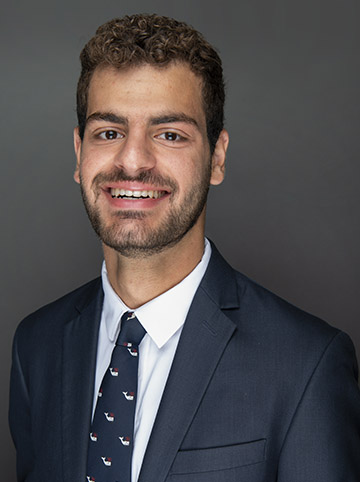
“I was hoping to match into psychiatry,” he said. “Dr. (Catalina) Belean was my attending psychiatrist on the inpatient psychiatry unit when I was going through my rotations as a third year, and I just wanted to be like her. She was incredible at connecting with her patients and she cared so much. I wanted to learn how to communicate with my patients the way she does and use myself as a vessel of therapy as most psychiatrists do. I also geeked out over the cool pharmacology of psychiatric medications. It just felt like the right field for me.”
Joe Colarelli matched with Emory University School of Medicine for Internal Medicine, his choice. He will be joined at Emory with his fiancée, Andrea Alletto.
“I knew about SLU because my dad grew up in St. Louis and was a junior Billiken himself at SLU High,” he said. “That familiarity, along with the Jesuit identity, having family in the area, and the opportunity to go directly to med school via the Medical Scholars program made picking SLU an easy choice for me. Along the way I met my fiancée, Andrea, in science classes and at a cappella rehearsals. She was in SLU's all-girls group, and I was in the all-guys group. Now, we are getting married the week before graduating med school together and are couples matching — me in internal medicine, her in pediatrics.”
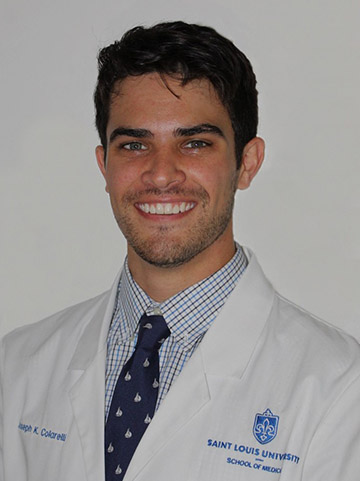
By matching with Emory University, Colarelli will be leaving the place he has called home for the past almost a decade ago.
“I came to SLU eight years ago as an undergrad in the medical scholars program, which serves as a sort of pipeline for undergraduates to stay at SLU for medical school,” he said. “In other words, I never looked into or applied to any other medical schools. However, what brought me to SLU as an undergraduate is still what I love about SLU as a medical student. It puts the Jesuit ideals on full display.”
Colarelli notes that SLU teaches medical students to treat patients as "whole people," meaning that the context of patients’ lives — their relationships, living situations, diet, religion, transportation, etc. — is as essential to their health as anything else.
“We are taught an integrated medical ethics curriculum that focuses on human dignity and autonomy. And most importantly, we are taught that our peers need to be our role models. This means that my classmates are astoundingly hard-working, knowledgeable, accomplished, and loving people who I am proud to be associated with.”
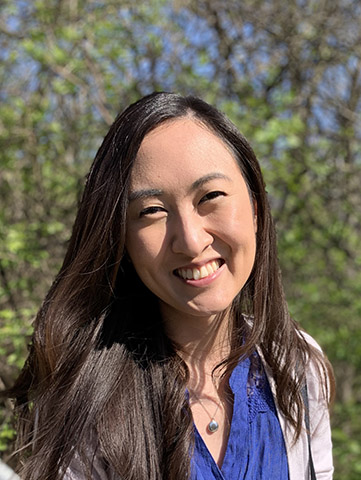
Danier Ong also has fond memories of her time at SLU.
“My experience at SLU has been incredibly rewarding,” Danier Ong said. “What I learned here goes beyond a medical education. Medical school may have given me the nuts and bolts to be a good doctor, but the life lessons I gained here taught me how to be a better human.”
Ong matched with the Saint Louis University School of Medicine in Emergency Medicine — her first choice.
“I came into medicine with the intent of serving all members of my community, regardless
of who they are, what they look like or where they came from,” she said about choosing
SLU.
I strongly believe in training at an institution that not only carries those same
values but also makes them a priority.”
Established in 1836, Saint Louis University School of Medicine has the distinction
of awarding the first medical degree west of the Mississippi River. The school educates
physicians and biomedical scientists, conducts medical research, and provides health
care on a local, national and international level. Research at the school seeks new
cures and treatments in five key areas: cancer, infectious disease, liver disease,
aging and brain disease and heart/lung disease.


















